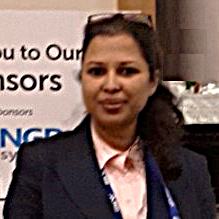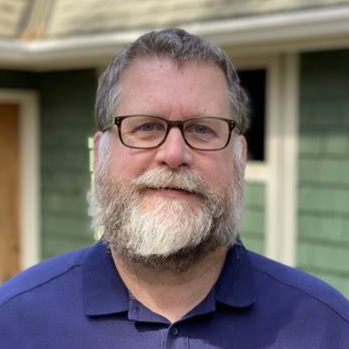SNIA Developer Conference September 15-17, 2025 | Santa Clara, CA

The NVM Express(R) Ratified Details of Live Migration

Winchester
Wed Sep 18 | 4:35pm
Abstract
Now that NVMe™ has ratified TP4159 PCIe® Infrastructure for Live Migration, it is time to show the final details of how NVMe controllers in direct attached PCIe SSDs can be migrated from one server to the next for use cases such as workload balancing and maintenance. In this presentation I will detail the new commands, new events, new queues, updates to existing commands, and vendor specific options. This presentation will cover how a host utilizes the new protocol to migrate a controller. There will be example implementation options for the developed controllers supporting this new capability. Included will be error scenarios and the effects of resets.
If you write host software dealing with Virtual Machines, then this presentation is for you. If you are NVMe PCIe SSD supporting multiple NVMe controllers (i.e., multiple physical functions or SR-IOV), then this presentation is for you.
Oh, this new functionality can support other use cases for example Snapshotting, and maybe more.
Learning Objectives
Convey the details of the new test tools and methods to measure power consumption under traditional data center workloads, for systems and for devices.
Update attendees on regional regulatory bodies plans to adopt the SNIA Emerald specifications, US EPA, EU, and Japan.
Advise attendees how these specifications can be used within the supply chain, to augment Lifecycle Assessment disclosures, and related ESG report sections.

Related Sessions
Navigating NVMe-oF Authentication: Best Practices for Key Management in Pre-AVE and Post-AVE Deployments
NVMe-over-Fabrics (NVMe-oF) offers DH-HMAC-CHAP as its in-band method for authenticating hosts and subsystems. To enhance authentication capabilities, the specification recently introduced the Authentication Verification Entity (AVE) – a logical entity designed to manage and verify the authentication process. AVE enables centralized or semi-centralized authentication, simplifying the management of authentication keys and improving security in large fabrics deployments.
However, the specification lacks comprehensive guidelines on implementing authentication mechanisms, particularly in determining when to use single versus multiple authentication keys. This ambiguity existed before AVE and still persists after its addition. The absence of clear recommendations poses challenges for implementers, especially in managing security risks, key isolation, and scalability.
In this talk, we address these gaps by discussing all the recommendations that we identified in the NVMe specification and the open-source ecosystem during our product development.
Sprandom - A Fast Method to Reduce the Random Preconditioning Time of SSDs from Days to Hours
As SSD capacities increase beyond 16TB, the time to randomly precondition these drives has also increased from several hours to several days. Traditional methods involve a sequential write followed by multiple random writes to reach a steady state. We present Sprandom (SanDisk Pseudo Random) – a novel approach to random preconditioning that uses the Flexible I/O Tester (fio) to achieve near steady-state performance with just a single physical drive write. Our experiments show that using the Sprandom method, the random preconditioning time of large (> 64TB) drives can be reduced from days to hours.
Host Management of NVM Express™ Exported NVM Subsystems in PCIe™ SSDs
This presentation explains how an NVMe™ PCIe SSD supporting multiple NVMe controllers can be used to create and migrate virtual NVMe SSDs (i.e., Exported NVM Subsystems). The commands used by a host managing these virtual SSDs are fully illustrated using animation and demonstrates the interoperability between different SSD vendors during migration. Come and see how the virtual NVMe SSD is abstracted from the underlying NVMe SSD for the migrating Virtual Machine.






